
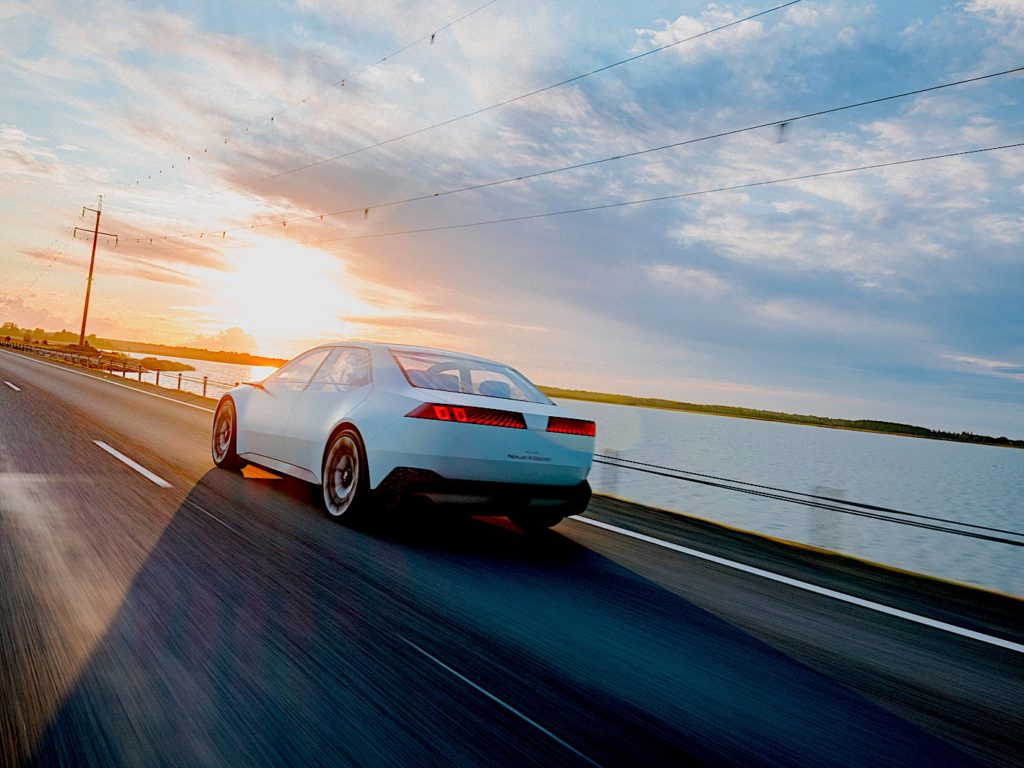
That was 62 years ago. You had to wait half an hour to get to the BMW stand at the International Motor Show (IAA) in Frankfurt. It was 1961 and BMW was talking about its NEUE KLASSE for the first time. “Everyone in the vast exhibition area, for whatever reason, felt drawn to the Bayerische Motoren Werke stand,” noted journalists from a leading German magazine at the time, “or, to be more precise, to the new BMW mid-range car that was being shown to the public for the first time on the BMW stand.” 62 years later, the context is obviously different, but the presentation of the ‘new’ Neue Klasse in 2023 is an event that the manufacturer considers to be just as impactful as the one in 1961.
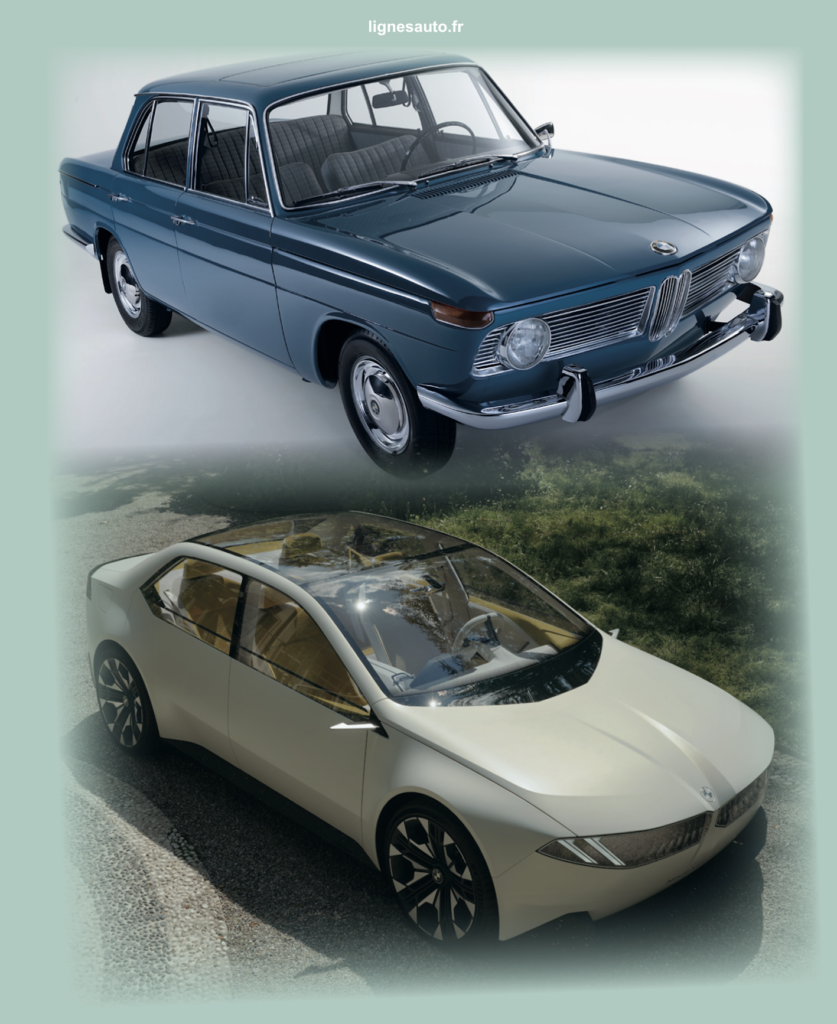
By the early 1960s, average incomes in Germany, the BMW 1500’s main target market, were rising by around 10% a year, reaching DM 6,723 in 1961. That year, the number of new car registrations in Germany passed the one million mark for the first time. As incomes rose, so did the demand for cars, which BMW was unable to meet with its existing model range.
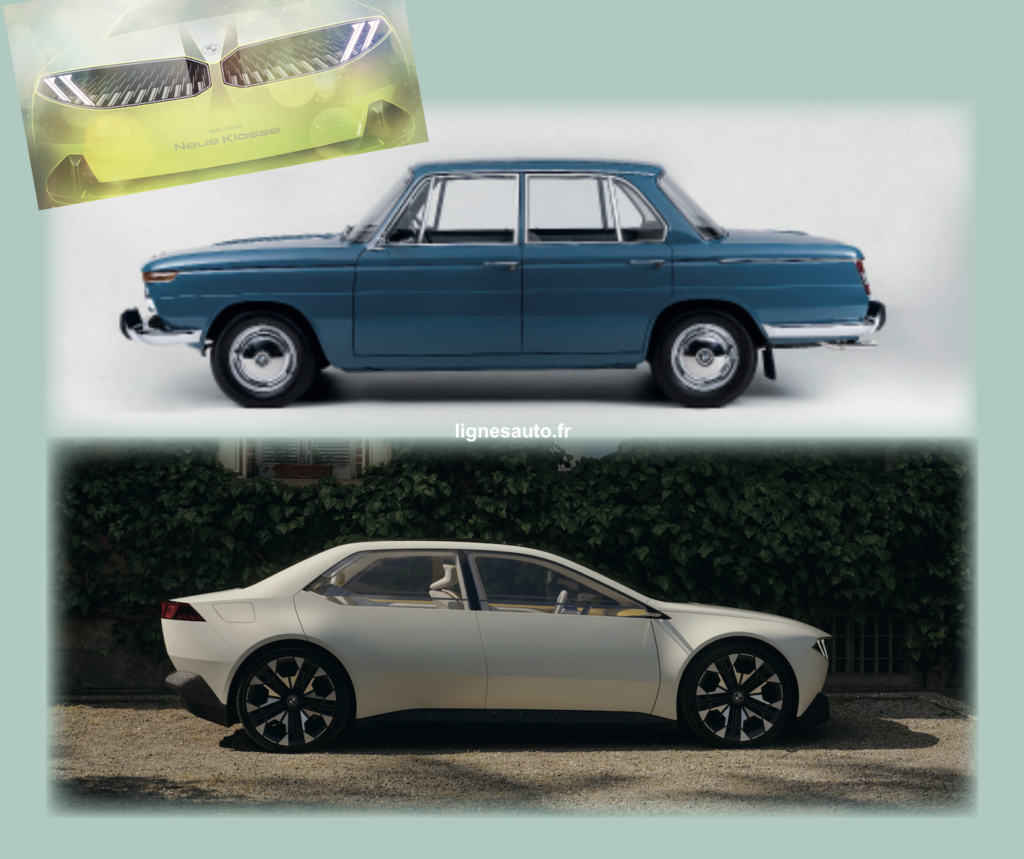
Between the conservative eight-cylinder saloon and the small 700 series car, there was nothing to offer the aspiring middle classes. What’s more, the top-of-the-range Borgward Isabella model left a gap in the mid-range range when the Bremen car plant announced its bankruptcy a few weeks before the IAA. BMW’s 1500 came at just the right time to fill the gap left by Borgward.
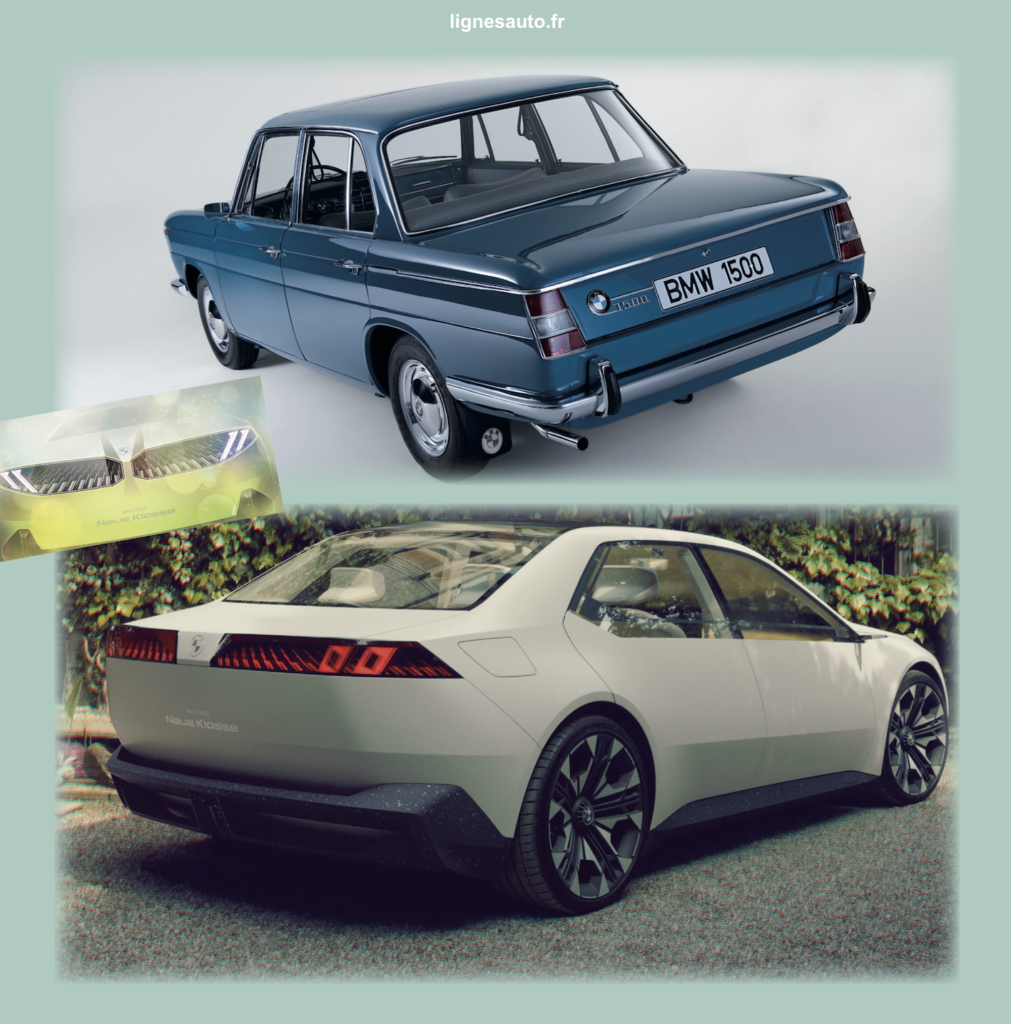
In 2023, the Neue Klasse will unveil the contours of the future range of 100% EV BMWs in the 3 Series format. The ‘classic’ saloon presented in Munich will be accompanied by other silhouettes from 2025. Oliver Zipse, Chairman of the BMW Board of Directors, dismisses any doubts: “BMW Vision Neue Klasse combines our ability to innovate in the key areas of electrification, digital and circularity. We are showing that we are always one step ahead of the future: the Neue Klasse will take BMW into a new era.

Exactly what happened in 1961. At the time, the German company’s styling studio was trying out its own ideas, but it was a renowned consultant, Giovanni Michelotti, who signed off on the design. The 1961 Neue Klasse did not shy away from stylistic excess. BMW would later say that “it was so subtle and classic in its streamlined form that it would endure for a very long time. The design was neither conservative nor influenced by American style – it was more reminiscent of Italian cars. When Wilhelm Hofmeister, BMW’s chief stylist, was drawing up the design for the 1500, he asked Giovanni Michelotti, who had already worked on the 700, for advice. Hofmeister’s team developed Michelotti’s design to completion, and the car’s body featured Michelotti’s clean, modern lines and a radiator grille reminiscent of the 507.
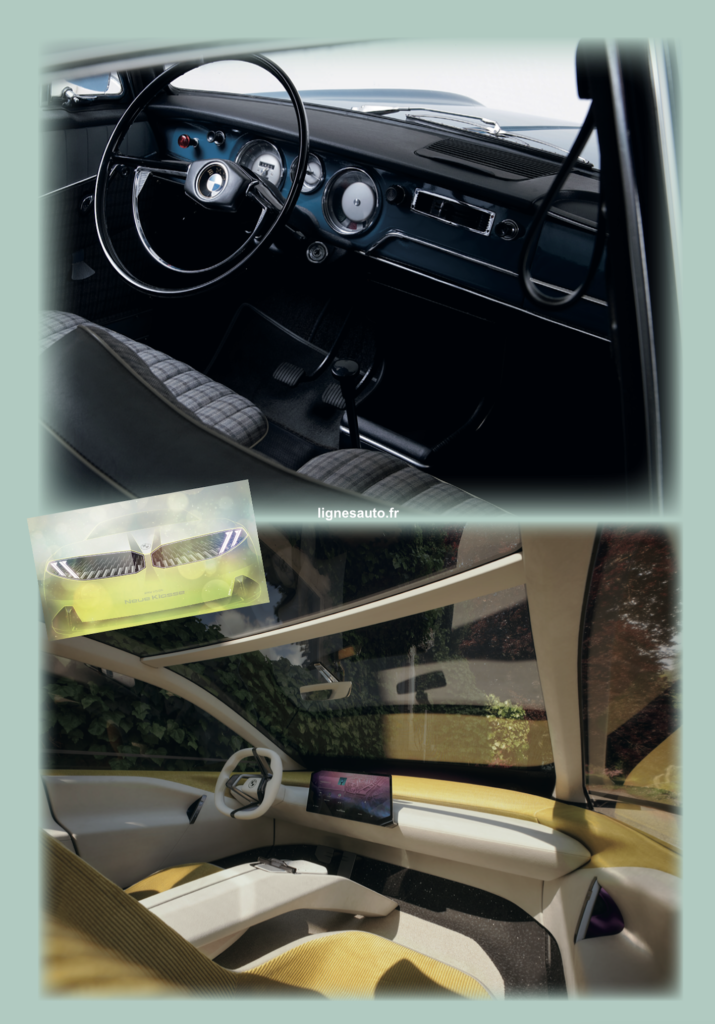
In 2023, the team led by Adrian van Hooydonk, head of design for the BMW Group, has decided to take a different path, stating that “the design of the Neue Klasse is typical of BMW and so avant-garde that it looks like we’ve skipped a generation of models”. A return to a very European design, abandoning the excesses of a style programmed in part for Asia. A return to simple forms, devoid of all the excessive gimmicks that had ended up turning BMW design into a caricature.
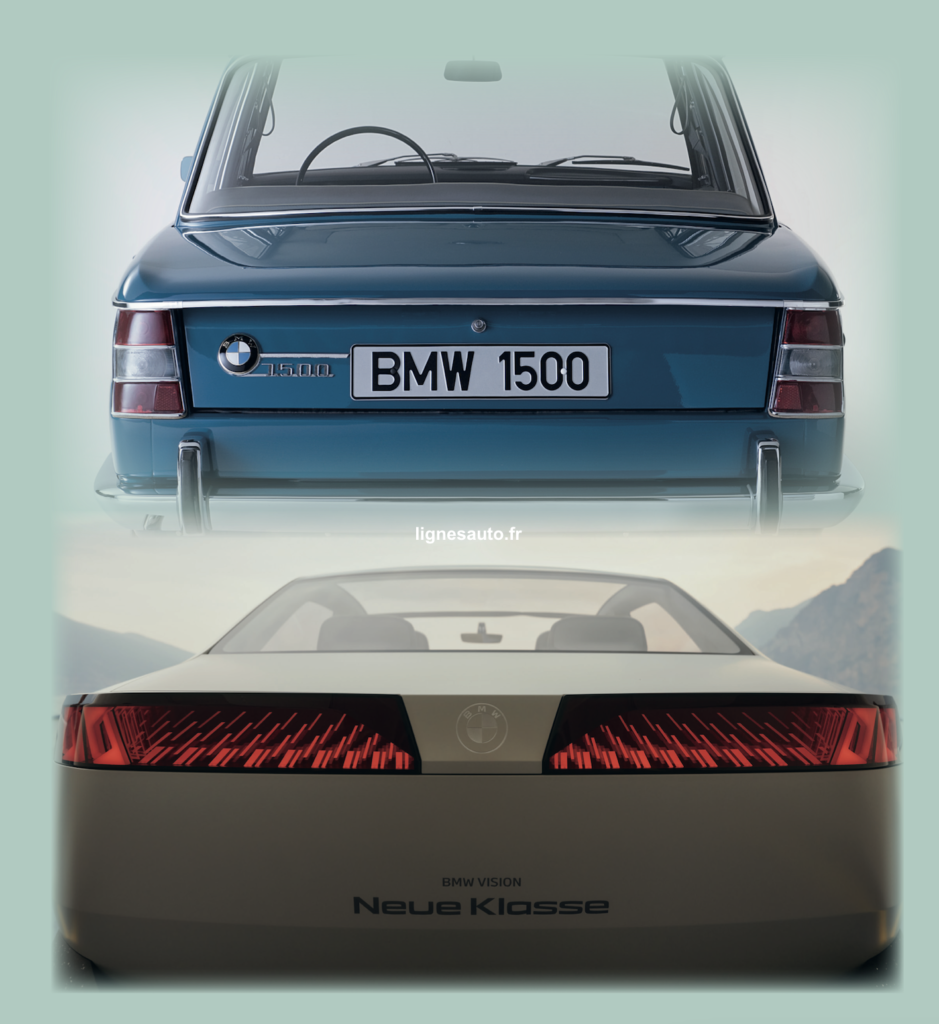
The design of the 2023 highlights elements of BMW’s traditional DNA, such as the double radiator grille, finally reduced to an acceptable size, and the Hofmeister Kink on the rear pillar. In 1961, this Hofmeister line was developed for reasons of structural rigidity, as BMW recalled: “the wider support base of the ‘C’ pillar was the result of the one-piece steel construction of the 1500, designed to exclude any potential weakness at the transition to the roof. In homage to design director Wilhelm Hofmeister, who had developed this shape as part of BMW’s styling DNA, it became known years later as the Hofmeister line.”
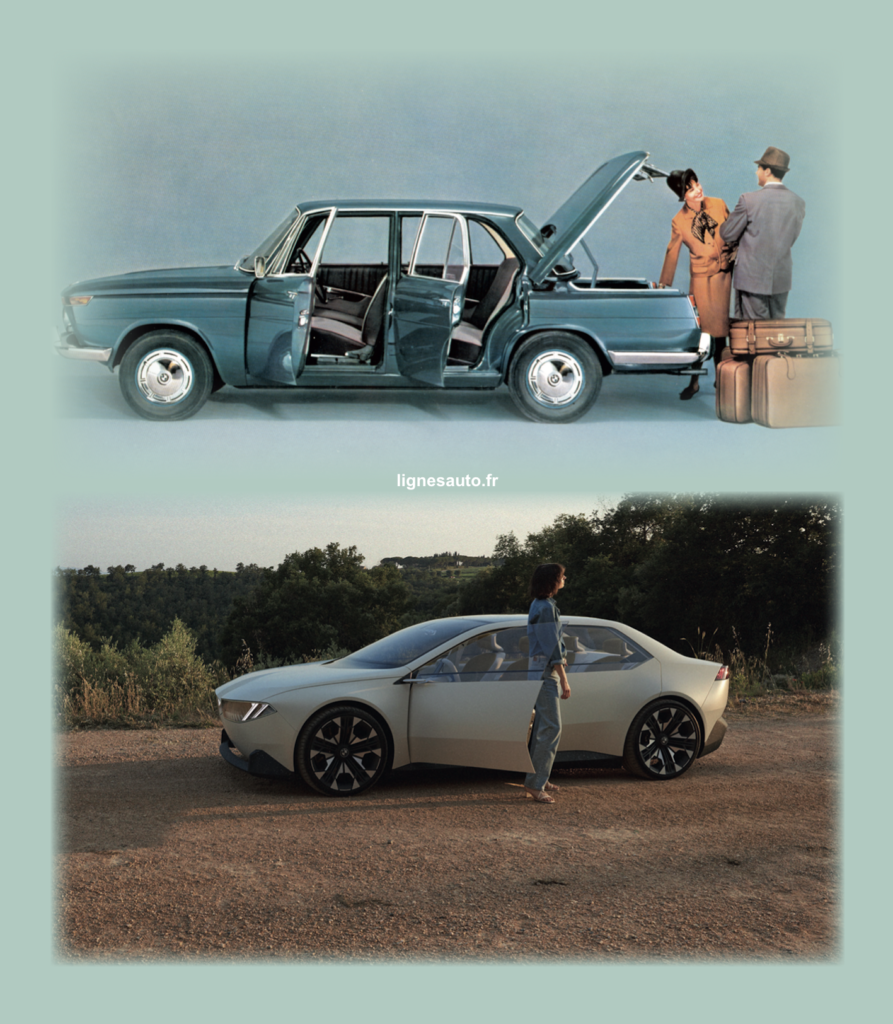
Technically too, the architectures of the two Neue Klasse of 1961 and 2023 have little in common.The former boasted an all-new 1.5-litre four-cylinder developed by BMW engine guru Alexander von Falkenhausen.This unit delivered 80 bhp and enabled the 1500 to reach a top speed of 150 km/h and a 0-100 km/h time of 16.8 seconds.

In 2025, the modern-day Neue Klasse will adopt a 100% electric platform, although the manufacturer is still keeping quiet about this: “the all-electric powertrain is equipped with sixth-generation BMW eDrive technology.It will provide 30% more range, 30% faster recharging and 25% more efficiency,” explains Frank Weber, head of development.”With the Neue Klasse, we have made the biggest investment in the company’s history. We’re not just writing BMW’s next chapter; we’re writing a whole new book. That’s why the Neue Klasse will have an impact on all future model generations.”
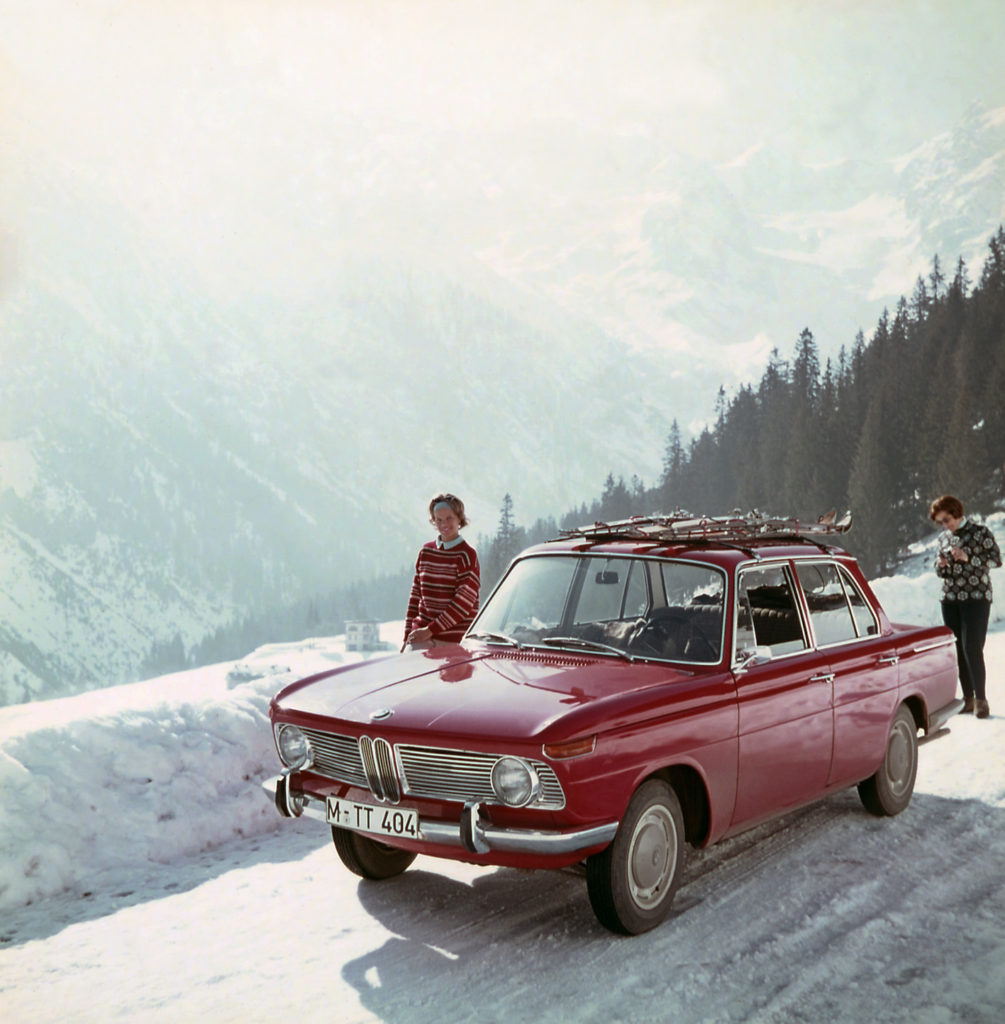
Here again, there are similarities with the Neue Klasse of 1961. This first BMW was said to have excellent prospects: “the BMW 1500 really does have a lot to offer, setting it apart from the mass of 1.5-litre cars and giving it that aura of technical exclusivity” wrote Germany’s leading motoring magazine.The increase in BMW’s capital made it possible to finance development and production.This was no easy task, as in 1959, two years before the presentation of the Neue Klasse, BMW was on the verge of bankruptcy and being sold to… Daimler-Benz, before being saved by its majority shareholder Herbert Quandt. On 18 August 1965, less than four years after production began, BMW celebrated the production of the 100,000th Neue Klasse. See you in 2028 to see if its great-granddaughter will be capable of the same commercial success after three years on the market……
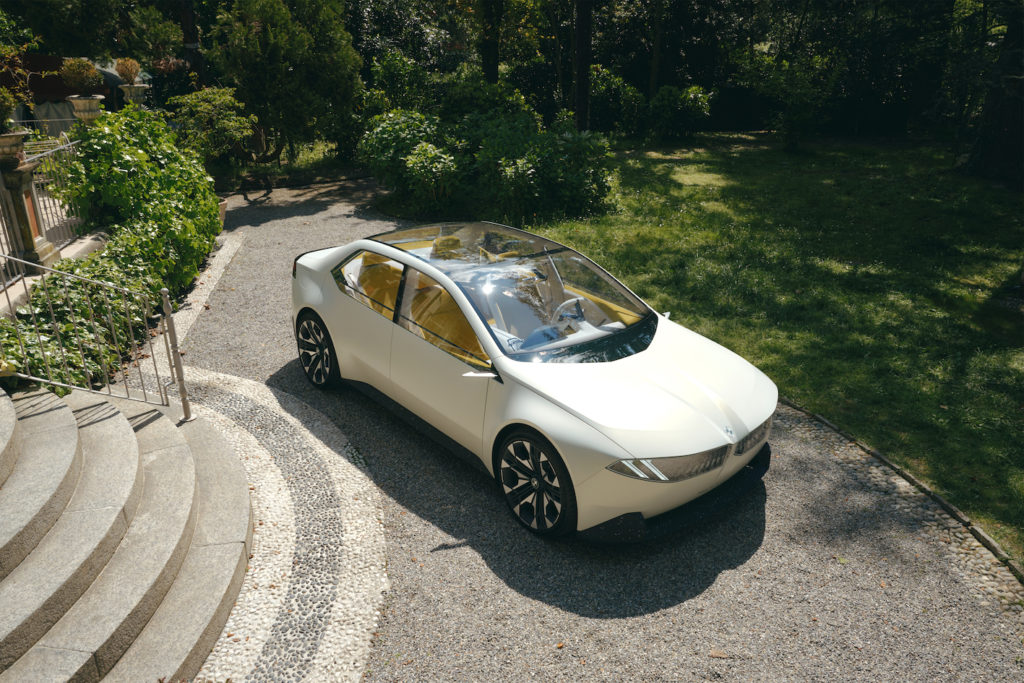
Information, technical data and photos: BMW communication. Editing: LIGNES/auto.

